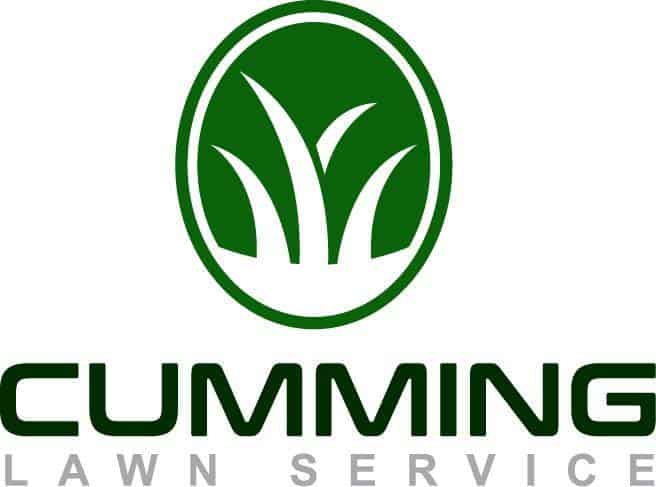Drainage: Choosing the proper drainage system for your drainage needs.
1. The amount and type of water:
· Surface runoff: Rainwater that flows over the land.
· Groundwater: Water that seeps into the ground.
Surface runoff: this can be handled with dry creek beds, catch water in basins then run under ground, (key here is to choose the right pipe. If the slope is gentle make sure to use a pvc or slick type pipe not a perforated pipe) in lots of cases we can just make sure the grade is right and allow the water to run through the grass or mulch. It depends on how fast the runoff is and if there can be potential erosion problems. If there is shade the grass will eventually die out.
Groundwater: Water that seeps in the ground will need to be handled with a French Drain, or sock drain. These can be installed with gravel or some pipes now have foam and mesh bags around them. This will allow the water to then run out through pvc type pipe.
2. The soil conditions:
· Permeability: How easily water can pass through the soil.
· Soil type: Clay, sandy, or loamy.
3. The location and size of the area:
· Neighborhood or Estate lot: Different drainage needs for each.
· Slope: The steepness of the land.
4. Your budget:
· Different drainage solutions have varying costs.
5. Environmental considerations:
· Some solutions may impact local ecosystems.
Here are some common drainage solutions:
· French drains: Perforated pipes surrounded by gravel that collect and divert water.
· Storm drains: Pipes and channels that collect rainwater and direct it to a specific location.
· Sump pumps: Pumps that remove water from basements or other underground areas.
· Rain gardens: Shallow depressions filled with plants that absorb rainwater.
· Cisterns: Tanks that collect rainwater for storage.
· Permeable pavement: Pavement that allows water to pass through.
Thanks for reading Drainage: Choosing the proper drainage system and letting Cumming Lawn Service help!

